Accessibility
Hi there. Are you a website creator or a company that owns one? Have you heard about accessibility lately? Sometimes this new stuff might seem complicated, but we will break it down. It’s not that complicated and does good for society, your clients, and your company, after all. When websites and web tools are properly designed and coded, people with disabilities can use them. However, many sites and tools are developed with accessibility barriers that make them difficult or impossible for some people to use.
First, let me start by explaining what accessibility is, in simple words: it means that websites, tools, and technologies are designed and developed so that people with disabilities can use them. This is actually a law, as The Americans with Disabilities Act (ADA) prohibits discrimination and ensures equal opportunity for persons with disabilities in employment, state and local government services, public accommodations, commercial facilities, and transportation. The World Wide Web Consortium (W3C), is the organism that sets web accessibility standards.
When we talk about people with disabilities think about these five main groups, speech, movement, cognitive functioning, neurological functioning, hearing, and vision, or provisional disabilities like temporarily broken fingers. So, just as a ramp helps in the physical world these accessibility tools help in the internet world. These tools have a lot of different functionalities, but to name some they help us read the website out loud, enlarge its text, change the colors, make everything look bigger, enhance website visuals, friendly profiles to reduce distraction. You can see all the tools on the CREA. site! Left down, little man 😊
So, if you don’t comply today, let me tell you 3 simple reasons:
- This can increase your ROI. If you include a broader audience, you will have more chances of having a conversion.
- This is a fast and easy way to make your website inclusive. We must walk the walk, not talk the talk.
- Comply to avoid lawsuits. The websites that are getting the most lawsuits at this moment are e-commerce and health care, and the states are Florida, New York, California, and Texas.
What can you do next?
We can help you meet WCAG standards and maintain ADA and AODA compliance:
- Connect with us today to learn more about accessibility and how easily can be installed.
- Visit our resources section to read other blog posts to stay updated, download free resources as creative tools, and maybe apply for a free brand consultation.
- Connect with us on our social media to learn, have fun, and grow with us. Linkedin. Instagram.


